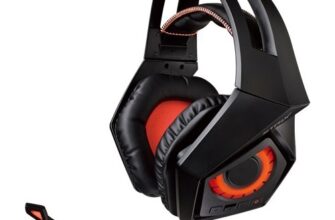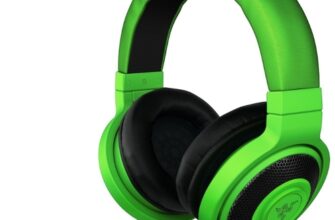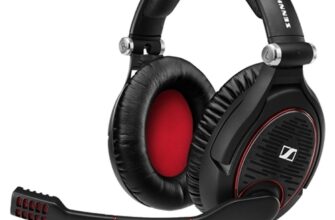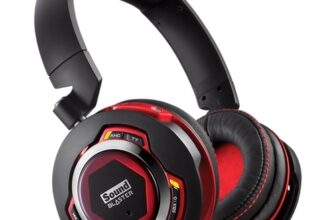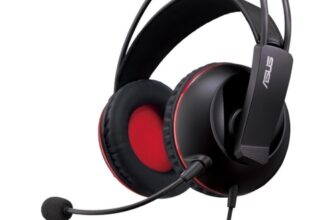When choosing a tablet for Internet access, it is important to consider both operational (screen size) and technical characteristics.
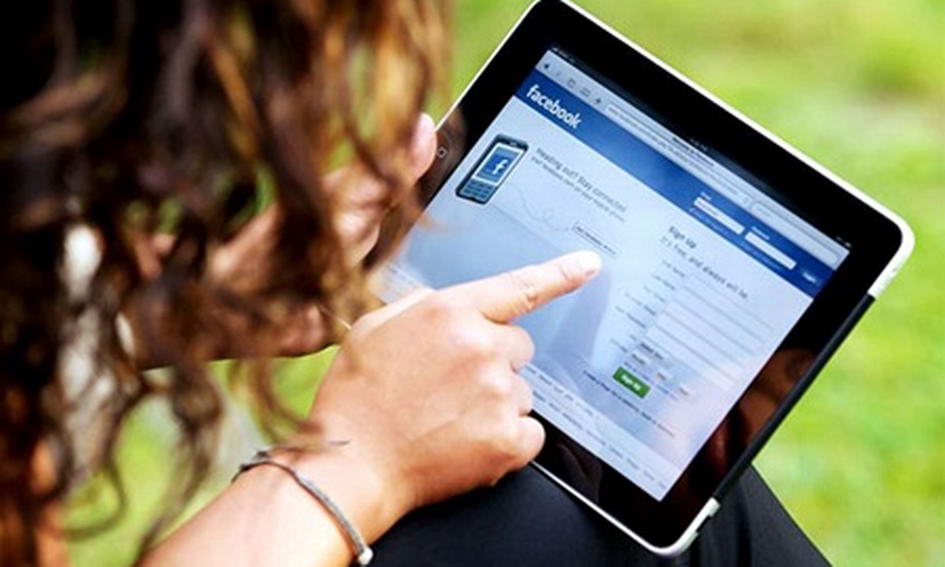
How to choose a tablet for the Internet: what to look for
The main criteria for choosing a tablet designed for Internet access are:
-
Screen size;
-
The presence of a SIM card;
-
4G support;
-
The amount of RAM;
-
Operating system;
-
OTG support.
-
The manufacturer is also important.
Main selection criteria
Screen size
The display of web pages on a device is determined by the identifier of this device itself – a software parameter that allows web pages to choose the method of site layout for a specific device. And on tablets, the pages look much the same as on computers. At the same time, smartphones enable the mobile version of the page with a different menu and a different arrangement of site elements.
As a result, for a comfortable web surfing, it is worth choosing tablets that have a sufficiently large screen diagonal. Full-size websites on a 6-7-inch display would be too small and uncomfortable to use.
Ideal tablets for the Internet are devices that have screens that are 8-10 inches or even larger.
When buying a tablet with a smaller screen, you should make sure that the web pages are displayed correctly. If they do not fit the display or the image is too small, it will be advisable to upgrade the device to the version Android that sends the smartphone ID. Then it will be comfortable to use the tablet.
SIM card presence
All tablets, regardless of manufacturer and preinstalled operating system, are equipped with a Wi-Fi wireless network module. However, it has a local effect and is not available everywhere. In order to access the Internet not only from home, but also from anywhere, it is recommended to purchase a tablet with SIM card support.
At the same time, the format of the SIM cards is not particularly important. Today, all operators from the 'Big Four' (MTS, Beeline, Megafon and TELE2) offer free replacement of the 'SIM card' with a suitable size.
Important SIM card support for modern wireless mobile communication standards – 3G or 4G. Again, you can replace it with an actual one while keeping the number completely free in the operator's salon.
4G LTE support
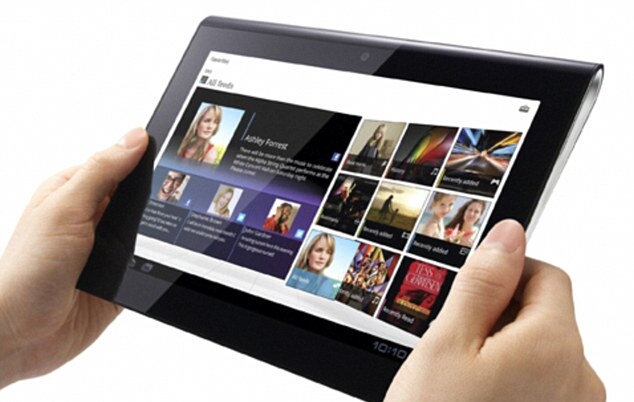
There are several standards for mobile wireless communication. They are grouped into 'generations' according to the type of technology used – the second (2G), third (3G) and fourth (4G). Now the companies Huawei and Nokia are working on the fifth, but we can expect its wide launch no earlier than 2020.
Generations differ primarily in the data transfer rate. 2G supports speeds up to 3.6 Mbps, which is enough for downloading small files, browsing the web, using instant messengers, and playing streaming video and audio at low bit rates.
For the most comfortable Internet experience, you should buy a tablet with 4G LTE support. This wireless standard provides speeds from 1 Gbit / s (however, it is significantly reduced if the subscriber moves faster than 10 km / h, due to the peculiarities of the mobile network).
4G LTE support allows the device to quickly download even large files, view streaming video and listen to high bitrate audio, comfortably use video conferencing, etc.
When buying a tablet in Chinese online stores, you should make sure that it supports the LTE bands used in Russia. The B7 standard is most widely used in our country – it is in this frequency range that the Megafon, Beeline, MTS and Tele2 networks broadcast. The ranges B20, B38, B40 and B3 are also used. The regional operator Skylink uses its own frequencies, which do not belong to the standard bands.
RAM size
The stability of viewing multiple web pages depends on the amount of RAM in the tablet. It works like this:
-
The smartphone browser downloads the web page code from the server;
-
The finished result is 'thrown' into the RAM;
-
When the user opens the second tab, the browser goes through steps 1 and 2 again;
-
As soon as the amount of RAM comes to an end, the browser throws out the oldest tab from the cache, but does not close it;
When the user accesses the unloaded tab, it is downloaded again. This leads to both an overuse of traffic and the loss of created data (for example, if the owner of the tablet wrote something in the input fields on this site), and even unload other tabs.
As a result, the more RAM a tablet has, the more stable it will work with web pages. In 2017, the minimum required amount of RAM is 2 GB. With this amount of RAM, the tablet will be able to download and store in memory up to several web pages with the simultaneous operation of background applications (instant messengers, players, etc.).
Better, of course, is to get a tablet with 3 GB of RAM. And 4 GB is enough for active work with many applications and open tabs. The disadvantage of such tablets is their rather high price.
But devices with less than 2 GB of RAM are strongly discouraged for purchase. They will strongly 'slow down' up to the impossibility of normal use.
operating system
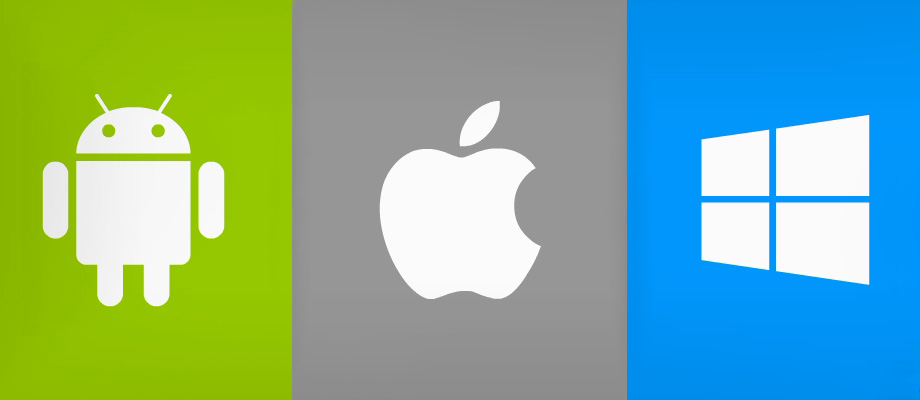
There are three operating systems that are installed on modern tablet computers – Android, iOS and Windows. Models on Ubuntu Touch, Remix OS, etc., are quite rare, so they can be ignored.
-
Windows provides the most familiar user experience. It has the same windows, control buttons, panels, and headings found on the vast majority of desktops and laptops. The disadvantage is the lack of optimization for touch control (or, on the contrary, over-optimization, as in Windows 8) and inconvenient on-screen keyboard.
-
iOS boasts deep optimization. Tablets Apple maintain high performance even under very heavy loads, and the browser itself works neatly with RAM without unloading the necessary pages. The disadvantage is a small range of devices and a high price.
-
Android is the most common operating system for tablets. It boasts very user-friendly controls, especially when navigating 'forward' and 'backward' through the pages, as well as updating. However, the performance of such tablets is highly dependent on the specifications of the device, and the level of antivirus protection is relatively low.
This is not to say that any of the operating systems are better or worse than the rest. Therefore, it is worth choosing based on your preferences. However, in the ultra-budget segment there are mainly Android – tablets.
OTG support
If you plan to use your tablet for typing long texts – articles, blog posts, long reads, etc. – it is recommended to pay attention to devices supporting OTG technology. The OTG (On-the-Go) function allows you to connect a physical keyboard to the device. At the same time, typing long texts will become much faster and more enjoyable.
On most Windows tablets this 'feature' is available by default. It is enough to plug the keyboard into the USB connector of the device. All that remains is to figure out a way to secure the tablet.
In Android – tablets this function is not always found. If you want to connect a physical keyboard, you should make sure that OTG support is indicated in the technical specifications of the device.
additional characteristics
Additional technical characteristics that determine the overall usability of the tablet include:
-
Device processor;
-
Camera resolution;
-
The presence of a fingerprint scanner;
-
Battery capacity;
-
The volume of the internal storage, the presence of a slot for microSD memory cards.
The processor of a tablet determines its overall performance. The most important parameter in choosing it is 'freshness'. The newer the processor, the faster the tablet works. In addition, the current versions of the chips are characterized by lower power consumption, higher data transfer rates over LTE and less heating. By the way, processors from Qualcomm are more preferable than chips developed by MediaTek.
Camera resolution is a useful setting for mobile photography enthusiasts. Of course, taking pictures from a tablet is not as convenient as from a smartphone or a full-fledged 'DSLR', but in the absence of these devices at hand, this device is quite capable of 'helping out'. It is advisable to purchase models equipped with a camera of at least 8 megapixels – then the quality of photos will be sufficient to, for example, read text on documents.
Front camera resolution is an important parameter if you plan to make calls from your tablet via Skype or other messengers with video conferencing support. The optimal value is 5 megapixels. Using cameras with a higher resolution will lead to an increased traffic consumption (which, in principle, does not really matter if the tablet is connected to Wi-Fi), and with a lower one – to a deterioration in the quality of communication.
The presence of a fingerprint scanner allows not only to quickly unlock password-protected tablets, but also makes it possible to make purchases on the Internet through proprietary payment systems, such as Android Pay, Apple Pay, Samsung Pay and the like .
The battery capacity determines the autonomy of the tablet. The higher it is, the longer it will take to charge the device. So, tablets with a 4000 mAh battery can work in standalone mode for about 4 hours of SOT (screen on time) or 6-8 hours of mixed use.
The relatively small autonomy of the tablets is explained by the large area of the touchscreen, which is one of the most intensive consumers of electricity.
The amount of data that can be stored on your tablet, including the number of applications installed, depends on the capacity of the internal storage. It also hosts the operating system itself. As a result, the storage capacity must be large enough to easily fit everything the user needs. So:
-
4 GB. Found only in very old and ultra-budget tablets. It is definitely not recommended for purchase, since it can only house the operating system;
-
8 GB. Found in ultra-budget tablets. Not recommended for purchase, because, in addition to the operating system, it can fit only a few modern applications;
-
16 GB. The minimum required volume in 2017. Accommodates the operating system, about 100 not too resource-intensive applications (or 2-3 games like NFS), a little user data;
-
32 GB. Optimal volume. Able, among other things, to fit a couple of movies in not very high quality;
-
64 GB or more. It is worth taking only when necessary (for example, if you need to carry several films with you in medium or even high quality).
A microSD card slot will allow you to install an appropriate drive in the tablet to expand the amount of space available to the user. Often it is combined with a tray for a second SIM card, which is important to consider if you plan to use a tablet with two SIM cards and a USB flash drive.
Top manufacturers
Among the best manufacturers of tablets for the Internet are:
-
Xiaomi;
-
Huawei;
-
Lenovo;
-
Sony;
-
Acer;
-
Asus.
In addition, companies Apple and Microsoft can be distinguished, but their products belong rather to the category of 'ultrabooks' and therefore can be very expensive.
!
In the following articles, our experts will tell you how to choose a tablet for the job, the secrets of choosing a tablet for your child, and a complete guide to choosing a 10-inch tablet.
Attention! This material is the subjective opinion of the authors of the project and is not a purchase guide.


